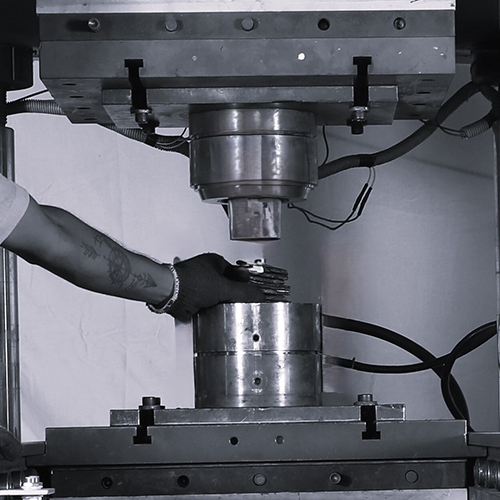Rubber mould tool design
Rubber mould tool design plays a critical role in the successful manufacturing of rubber components. Proper design ensures that the final product has the desired dimensions, performance characteristics, and overall quality. Rubber mould tools can be designed for various moulding processes, including compression moulding, transfer moulding, and injection moulding, each with its specific considerations.
Best practices for rubber mould tool design

1.Start with detailed CAD models
- Create detailed CAD models of both the product and the tool to ensure precision.
2.Use simulation tools
- Flow simulations and finite element analysis (FEA) can help predict material flow, shrinkage, and potential defects before machining the tool.
3.Collaborate with material experts
- Work closely with material suppliers to understand the specific properties of the rubber compound, such as shrinkage, flow characteristics, and curing behavior.
4.Focus on venting and ejection
- Proper venting and ejection mechanisms are crucial to avoid part defects and ensure smooth mould operation.
5.Prototype and test
- Testing your tool design with prototype moulds will save time and costs by identifying issues before full-scale production.

By adhering to these design principles, rubber mould tools can deliver high-quality components, minimize defects, and ensure optimal performance of the final elastomer product. The goal is to balance efficiency, accuracy, and durability while maintaining flexibility to meet the specific requirements of the part and production process.



